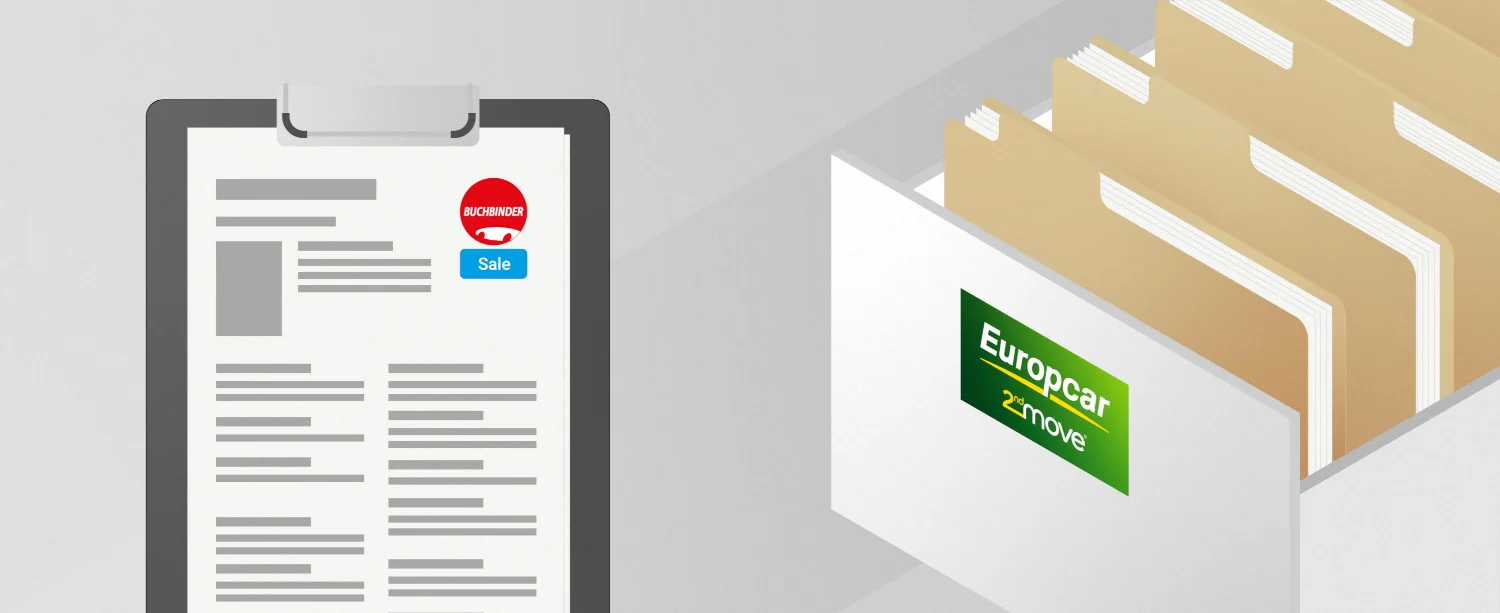Public charging stations
The number of public charging points is constantly increasing. In 2022 alone, 28,338 new stations were added. At the beginning of this year there were a total of 80,541 public charging stations in Germany, including 67,288 normal charging points (AC) and 13,253 fast charging points (DC). But this increase cannot keep up with that of e-cars. Experts assume that the expansion of charging stations will need to be quadrupled in the near future.
It is also a matter of overcoming the sometimes strong regional discrepancies. On average in Germany, there are 23 electric cars per charging station. While the city of Emden has good figures with 5.9 e-cars per charging station, Offenbach brings up the rear in Germany with 116.9 e-cars per charging station.
charging station problems
But it's not just about quantity and distribution, it's also about quality. The existing charging stations often have defects. In addition, integration into the power grid, which is heavily burdened by fast charging stations, is proving to be increasingly difficult.
The current state of the network can still cope with the electricity consumption of electric cars, which is currently 0.5 percent. However, the forecast share of eight percent in 2030 shows the need for rapid expansion while maintaining an efficient and stable power grid.
Master plan charging infrastructure II
The federal government is also aware of these problems. In response to this, Federal Transport Minister Volker Wissing presented the master plan for charging infrastructure II last October. In terms of content, the future goal is to install significantly more charging stations in both cities and rural areas. One focus is on quick charging points along main traffic routes. The fast charging stations should handle more cars per day there and help to defuse the shortage of charging points.
Lack of competition
The master plan also addresses the low level of competition that arises from a high proportion of e-charging stations under the control of municipal energy operators. Despite the interest of private companies in expanding infrastructure in cities, there is often only the possibility of cooperation with supermarkets, drugstores, etc. to install charging stations in urban areas.
These private-public charging stations in the parking lots of companies such as Rewe, Ikea and Decathlon are booming. The loading can be combined with a purchase, but is limited in time by the companies and has only taken place on a small scale so far. Large-scale charging parks in parking lots are still a thing of the future. At gas stations, urban providers are crowding out the private ones. That is why private companies are currently setting up charging parks, preferably on motorways and traffic junctions.
The new program of the Ministry of Transport is now declaring war on the urban charging station monopoly. The charging infrastructure as a business model should be made more attractive and investments by private companies should be encouraged.
Private charging stations
One aspect that should not be ignored in the rapid development of charging points: Despite the strong focus on public charging stations, most charging currently takes place in private spaces and at work. 70 to 80 percent of all e-car owners usually charge at home. One reason for this development was, among other things, the promotion of private charging stations, so-called wall boxes, which received state subsidies of up to 900 euros per wall box. However, the program expired in October 2021.
It is also important to remember that private charging is primarily feasible in rural areas, where many homeowners have garages for their vehicles, making the private wallbox the first choice. As a solution for large cities, where the majority of people live in rented apartment buildings and do not have their own parking spaces, this approach is not really an option. This is why public charging stations are particularly needed in cities and large metropolitan areas where little private space is available for the charging infrastructure.
Street lamps as charging station
A largely new approach to publicly accessible charging infrastructure, which is already being successfully implemented in London, is charging from street lamps. There, the company Ubitricity operates 5000 public charging stations on lanterns. Something has also been happening in Berlin since 2022: In the Marzahn district, electric cars can be charged at lanterns as part of the ElMobileBerlin research project. The plan envisages a total of 1000 stations. As in London, Ubitricity is the operator in Berlin.
The advantage of charging stations on lanterns: These are already connected to the power grid and only need to be upgraded to become a charging station. In this way, charging can be made possible for at least some residents in dense residential areas on their doorstep.
 To register, you will be redirected to the Europcar 2ndMove website. After registering, you can log in to Buchbinder-Sale.de.
Next
To register, you will be redirected to the Europcar 2ndMove website. After registering, you can log in to Buchbinder-Sale.de.
Next
 To register, you will be redirected to the Europcar 2ndMove website. After registering, you can log in to Buchbinder-Sale.de.
Next
To register, you will be redirected to the Europcar 2ndMove website. After registering, you can log in to Buchbinder-Sale.de.
Next






 Registration
Registration  Login
Login All vehicles
All vehicles  Direct Sale
Direct Sale
 Auctions
Auctions
 Service
Service
 Company
Company
 My Area
My Area 
